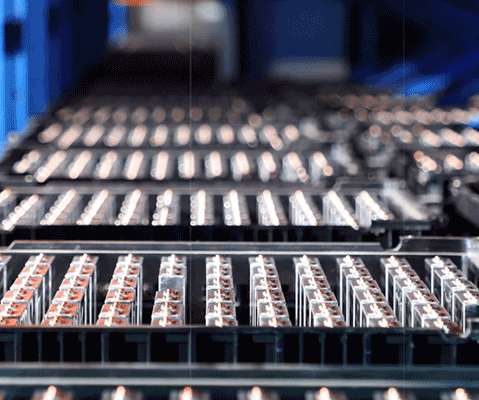FAA grounds US Boeing 787 Dreamliners after second incident with Li-ion battery; GS Yuasa Lithium Power the manufacturer
Green Car Congress
JANUARY 17, 2013
At the time, GS Yuasa said its Li-ion batteries offered 100% greater energy storage capacity than the existing nickel-cadmium batteries used in airliners. Since it is maintenance-free and has longer service life comparing to current nickel-cadmium batteries, it makes for lower operating costs and increased safety for airline companies.












Let's personalize your content